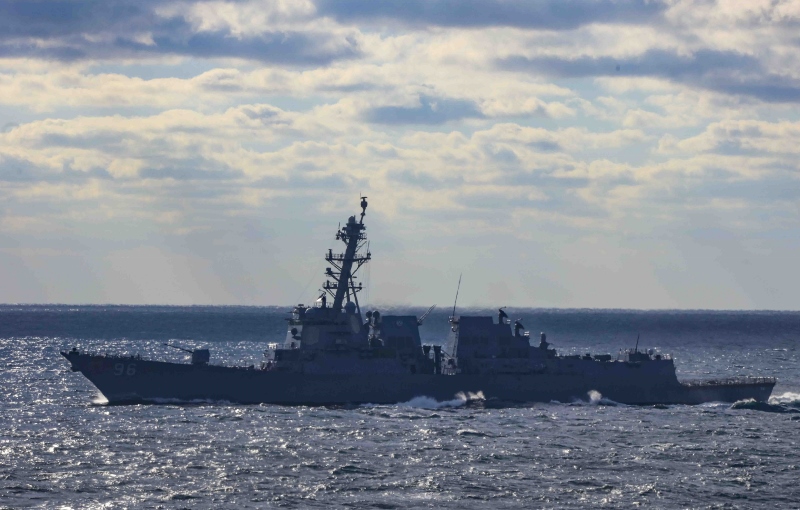With the biggest NATO military exercise since the Cold War starting in Norway this week, there is another greatest hit of the Reagan administration replaying in Washington, D.C. — calls to build up the U.S. Navy.
Ronald Reagan’s two secretaries of the Navy, John Lehman and his successor James Webb, famously advocated a 600-ship Navy to counter the Soviet Union. Two decades after the Cold War ended, the push for naval buildup is back, from President Trump’s own campaign promise to build more ships, to detailed proposals from D.C. think tanks.
One new offering is from Thomas Callender, a senior research fellow at the Heritage Foundation. Titled “The Nation Needs a 400-ship Navy,” Callender’s report recommends stepping up ship construction to the tune of an additional $4 billion to $6 billion annually.
With that additional spending the U.S. would have shipyard capacity to meet the 400-ship mark by 2039, Callender writes. In his model force the Navy would get more amphibious assault ships, small surface combatant ships including the littoral combat ship (LCS) and future frigate, and combat logistics ships.
It’s a different geopolitical world with Russia’s shrunken naval capabilities, but the addition of China’s growing force and actors like North Korea are a challenge for the U.S.
“While 47 (U.S. Navy) ships in the Western Pacific Ocean may seem like a large number, a closer examination reveals how thinly stretched the U.S. Navy’s Pacific Fleet has become,” Callender writes. “First, the Chinese People’s Liberation Army Navy alone has approximately 150 naval combatant ships ranging from frigates to large-deck amphibious ships and an aircraft carrier. If smaller combatants such as mine warfare ships and coastal missile patrol craft are included, the number becomes approximately 450 ships, which is almost 10 times the size of the U.S. Seventh Fleet.
“When the Russian Pacific Fleet and the North Korean navy are added, the regional naval capacity mismatch only increases," Callender continued. "Admittedly, it is unlikely that the U.S. Navy would be involved in simultaneous conflicts against these three naval forces, but to deter all three nations effectively, it must provide a credible regional naval capacity. Although the capabilities of an Arleigh Burke-class guided missile destroyer are vastly superior to those of a Chinese coastal missile patrol craft, an overwhelming quantity advantage can help to mitigate this disparity.”
The Heritage proposal is short of the 1980s call for 600 ships, but still more than the Navy’s own most recent requirement for 355 ships. The paper makes the case that 400 ships is the minimum for maintaining 13 carrier strike groups and a dozen expeditionary strike groups, with the capability to fight two major regional wars at the same time.
That would also ensure the Navy can maintain its historic posture of 100 ships forward deployed around the world, and have a 20% reserve strength.
After four collisions and groundings during 2017, the Navy has had to face questions about its force being stretched too thin. It’s time for policymakers in Washington to focus on those needs.




